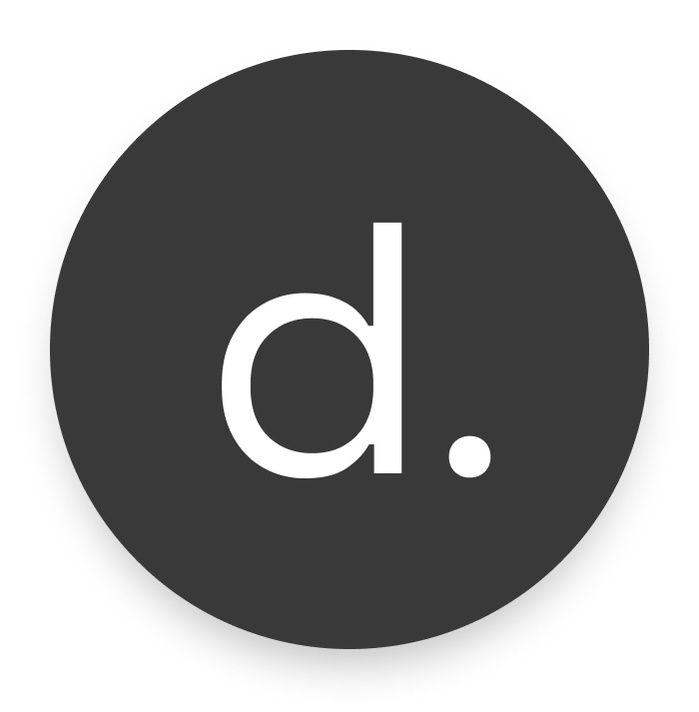Duration
3-week design sprint
Toolbox
Figma, DaVinci Resolve, Notion, Adobe Photoshop & Google Suite
Role & Responsibilities
UX Lead — Oversaw research, strategy & ideation processes, & created visual content library
Team
Faith Chong (UX Research), Grace Duong (UI Lead) & Tay Jia Qi (Project Manager)
Chartering a New Course
GotSurge, 2023
Starting out as a digital logistics service for small businesses during the Covid-19 pandemic, GotSurge pivoted its business focus in 2022 and quickly grew into an emerging player in fulfilling last-mile deliveries for the marine logistics industry.
GotSurge ended the year on a high, after getting acquired by Yinson GreenTech in October and winning a maritime innovation competition a month later.
01. Problem
Having moved nimbly into the maritime logistics industry, GotSurge has outgrown its original website and brand collaterals. A website redesign is necessary to better reflect the startup's current business and set a new course for its ambitious future.
02. Action
My team and I first conducted discovery sessions with stakeholders, competitive analysis and user interviews to better understand the complex industry. After finding an alignment between business goals and user needs, we streamlined GotSurge's website information architecture, rewrote its existing copy, and conducted a complete design overhaul of the website.
03. Results
We redesigned GotSurge's website with two key goals in mind: to craft a professional and corporate-friendly image, and create user-centric experiences for site visitors.
To achieve this, we designed a website with an elegantly designed mobile-responsive interface and intuitive navigation with clear, concise information.
The result is a website that projects reliability and professionalism. Through our usability tests, we saw a significant improvement in the website's usability, with a 26 point increase (from 54 to 80.125) on the System Usability Scale (SUS)*.
*Note: SUS is a tool to quickly measure usability performance for websites. A score above 80.3 represents the top 10th percentile for website usability.
"The team were able to apply fresh perspectives and innovative ideas to shape our services and improve user experience... The insights that they’ve provided were invaluable in ensuring that our website effectively communicates the needs of our clients and stakeholders."
— Naazira A N (Chief Design Officer, GotSurge)
Research & Design Process
Embracing Discovery
Maritime logistics is a complex industry with its own beat and rhythm. To gain a deeper understanding of the landscape, we interviewed 4 GotSurge employers and 12 individuals working in marine supply companies or directly involved in strategic port operations.
We also pored through dense white papers and articles about marine digitalisation and decarbonisation, and analysed best-in-class competitors and their websites to discover industry-specific design conventions.
Exploring Better Ways
After synthesizing our user insights and research findings, we identified 2 important themes that we decided to focus on tackling for the project:
What I've Learnt
Challenge
The marine logistics industry is competitive and insular, where personal connections are highly valued, and people rarely have time for small talk.
From the start, we had a difficult time finding suitable candidates that were willing to speak with us. To overcome this obstacle, we got creative and turned to LinkedIn. We reached out to 43 people who were either working in marine supply companies or involved in port operations, and managed to interview 7 of them.
What I've Learnt
Finding good user interviewees is an important and often neglected task! Through this entire process, I'm amazed and grateful for how willing these 7 individuals are in sharing their knowledge and experiences. Cold-messaging people on social media platforms certainly felt iffy, but sometimes we just need to roll up our sleeves, knuckle down and be persistent.
Challenge
Having a tough time finding interviewees delayed our work schedule. My team and I agreed that we needed to start ideating on solutions and work on our wireframes before we could complete our user interviews and affinity mapping.
What I've Learnt
Projects may not always progress smoothly step-by-step, and we needed to find ways to work effectively in a non-linear manner.
In this case, we followed our intuitions and made several assumptions about our user motivations and goals. We also spent a lot of effort studying competitors' website content, information architecture and design layouts, and looked at many SaaS websites for references.
As we completed more interviews, we fitted missing pieces to the puzzle and adjusted our designs accordingly. Thankfully our intuitions were not too far off the mark!
Challenge
The question of “how to convince people to adopt a new digital solution” came up early in our project discussions. We learned from our interviewees and know that change is often met with inertia and comes with a lot of friction.
What I’ve Learnt
While quantitative metrics are essential for selling a digital solution, we have also learned that it is equally important to complement these figures with stories. The inertia and friction that come with adopting new digital solutions can be smoothed out by showing real-world examples of how people have already benefited from them.











